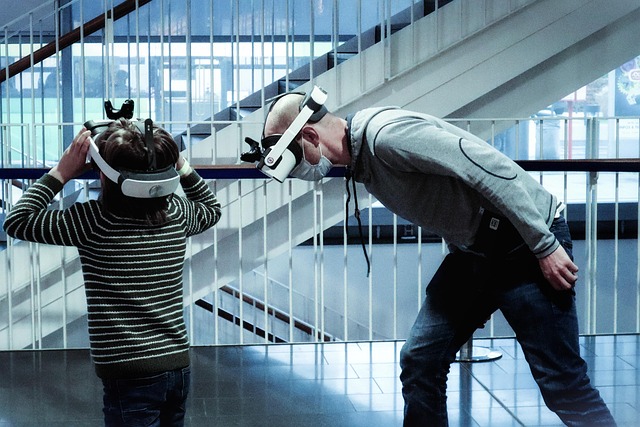Revolutionizing Environmental Sensing with VR, AR, and Metaversum Software Solutions
Environmental sensing has always played a critical role in how we understand and interact with our surroundings. From monitoring air quality to detecting climate changes, the data collected helps us make more informed decisions. However, traditional methods often limit our ability to truly *experience* and interpret this data in meaningful ways. This is where the convergence of Virtual Reality (VR), Augmented Reality (AR), and the expansive possibilities of the metaversum is transforming the landscape of environmental sensing.
Immersive Experiences Bring Data to Life
Imagine stepping into an environment where the invisible intricacies of nature—like pollutant particles, electromagnetic frequencies, or temperature fluctuations—become visible, tangible, and interactive. VR technology creates these immersive worlds that allow users to explore environmental data firsthand. Instead of viewing raw sensor outputs on a screen, VR users can walk through a virtual ecosystem that visualizes real-time environmental metrics, making the data more intuitive and relatable.
Augmented Reality: Bridging Real and Digital Worlds
AR enhances our perception of the physical environment by overlaying critical environmental information directly onto what we see. For professionals tasked with monitoring urban air quality or assessing environmental hazards, AR makes onsite data accessible in a seamless, immediate way. By simply pointing a device at a location, users receive a layered understanding of the environment—whether it’s pollutant concentrations or soil moisture levels—enhancing both awareness and responsiveness.
The Metaversum: A Shared Platform for Collective Environmental Awareness
The metaversum, a collective virtual shared space, opens up unprecedented opportunities for environmental sensing and collaboration. Scientists, policymakers, educators, and communities can converge in these interconnected digital realms to share real-time environmental data, conduct virtual field experiments, and co-create sustainable solutions. The metaversum not only democratizes access to environmental information but also fosters global cooperation in tackling ecological challenges.
Implications for Software Innovation in Environmental Sensing
Developing software that leverages VR, AR, and the metaversum requires multidisciplinary expertise, combining sensor technology, data analytics, spatial computing, and human-centered design. These software solutions are becoming essential tools that enable stakeholders to engage with environmental sensing on a deeper, more interactive level. They transform raw data into immersive narratives, empowering users to make better decisions and inspire action for environmental stewardship.
In essence, the integration of VR, AR, and metaversum technologies is removing barriers between humans and environmental sensing, leading to richer, more empathetic interactions with our planet. As these software solutions evolve, they promise to redefine how we perceive, respond to, and ultimately protect our environment in the digital age.




